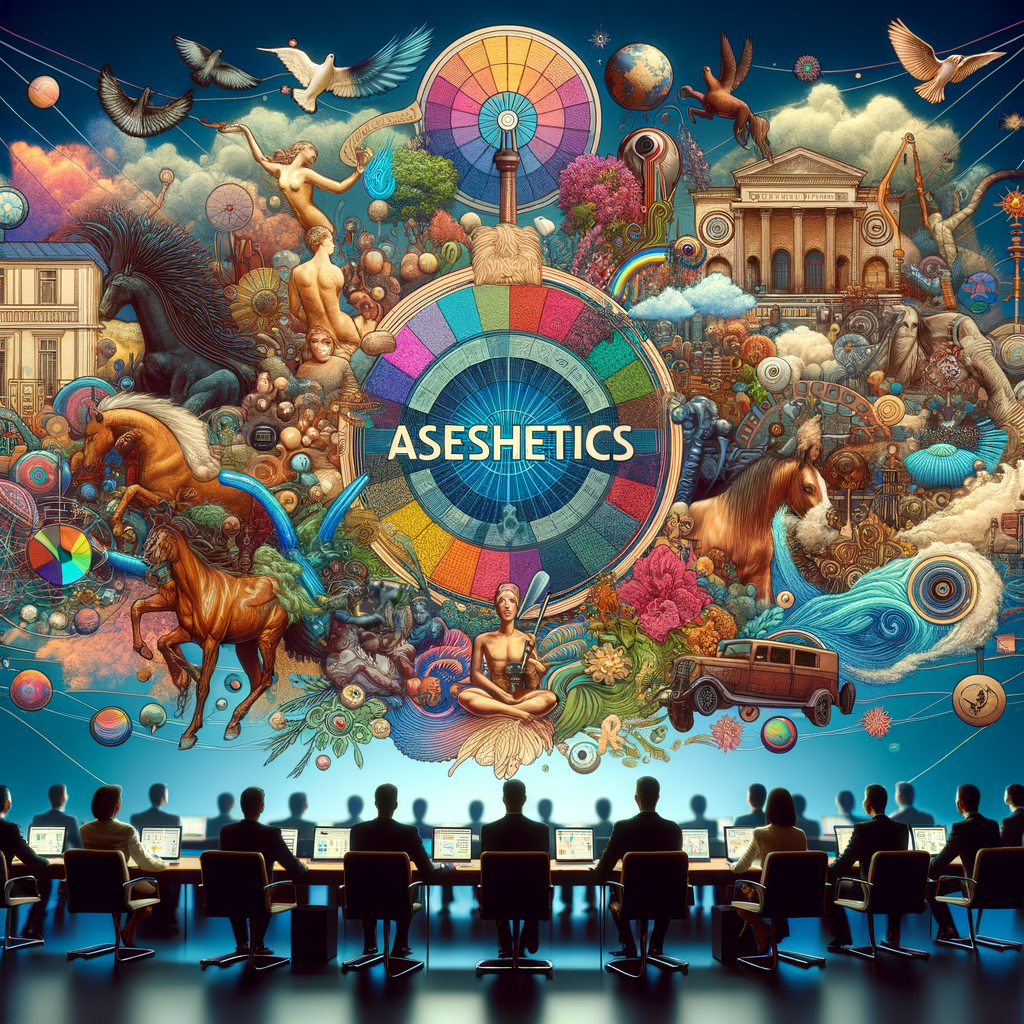Aesthetics are more than just a collection of visual elements. They form intricate visual schemas that evoke specific moods and emotional responses. From the whimsical charm of Cottagecore to the edgy vibes of Cyberpunk, aesthetics shape our cultural and personal landscapes in profound ways.
One fascinating aspect of aesthetics is their diverse origins. Many stem from vibrant online communities, offering a blend of creativity and identity. Take Cottagecore, for instance. It’s a celebration of simplicity and pastoral life, popularized by internet communities yearning for a return to nature and slower living. Alternatively, Dark Academia draws from gothic literature and classical knowledge, presenting an aesthetic steeped in mystery and the pursuit of wisdom.
National cultures also offer a rich tapestry of aesthetics, although it’s crucial to approach them with care to avoid stereotypes. Styles like Americana and Traditional Polish encapsulate the essence of their respective cultures, weaving history, values, and everyday life into visual art forms.
The genre of fiction provides another vast arena for aesthetic expression. Cyberpunk, with its neon-drenched streets and high-tech, low-life ethos, captures a dystopian future that feels palpably close. Meanwhile, Gothic aesthetics bring forth notions of decay and romanticism, offering a dark yet alluring escape.
Holidays, too, bring unique aesthetics. The festive reds and greens of Christmas and the spooky blacks and oranges of Halloween are instantly recognizable and hold cultural significance, enhancing the mood and traditions of these celebrations.
Locations and their inherent activities further define aesthetics. Consider Urbancore, which explores the fast-paced, concrete jungle of urban life, juxtaposed against the idyllic and nostalgic feel of Fanfare, which transports us to music-filled summer fairs.
Music genres often drive visual aesthetics in unexpected ways. City Pop and Emo both exhibit distinct visual languages that extend from album covers to fashion, strengthening the connection between sound and imagery.
Historical periods offer a treasure trove of aesthetic inspiration, as seen in the opulent Victorian era or the futuristic optimism of Y2K. These styles allow us to revisit and reinterpret the past, reshaping old narratives with modern sensibilities.
Then there are aesthetics born from stereotypes, like Brocore and VSCO. While these can seem superficial, they often reflect deeper societal attitudes and provide a mirror to our collective psyche.
Finally, subcultures intertwine music genres and fashion to craft distinct aesthetic identities. The vibrant and colorful world of Raver culture, for instance, is a dynamic cross-section of music, art, and community.
Among the plethora of aesthetics, 2000s Virtual Singer stands out as a unique blend of nostalgia and technology. Born during the rise of digital music and anime, this aesthetic intertwines pixel art with melodious harmonies, creating a world where virtual idols reign supreme. It’s a testament to how technology can birth entire cultural movements, with visual elements that captivate and inspire.
In conclusion, the world of aesthetics is a rich and varied landscape, offering endless ways to express and explore. Whether drawn from the digital realm, cultural heritage, or personal imagination, aesthetics challenge us to see the world through different lenses, enriching our understanding and appreciation of the beauty in diversity.
“`
Leave a Reply